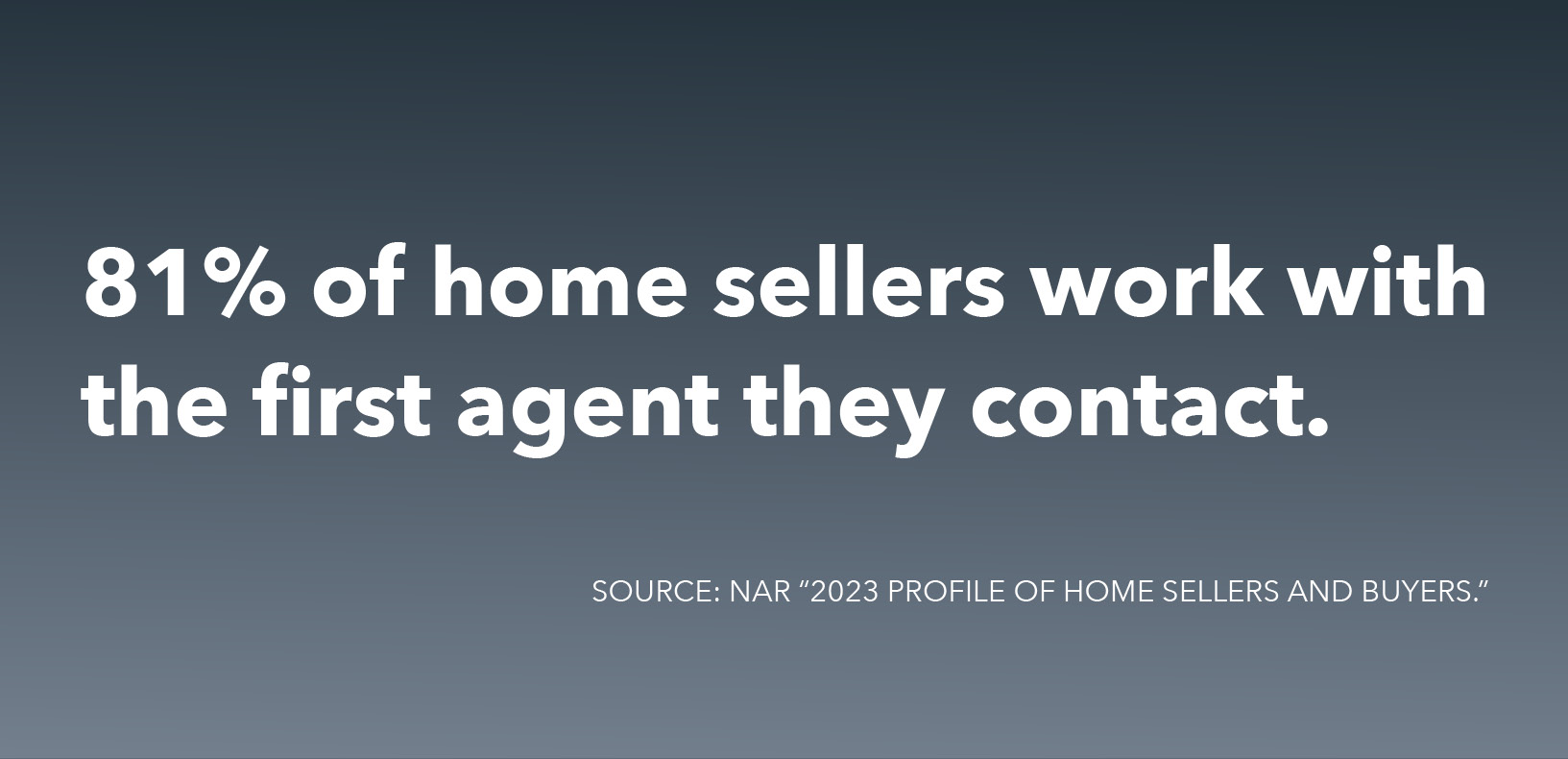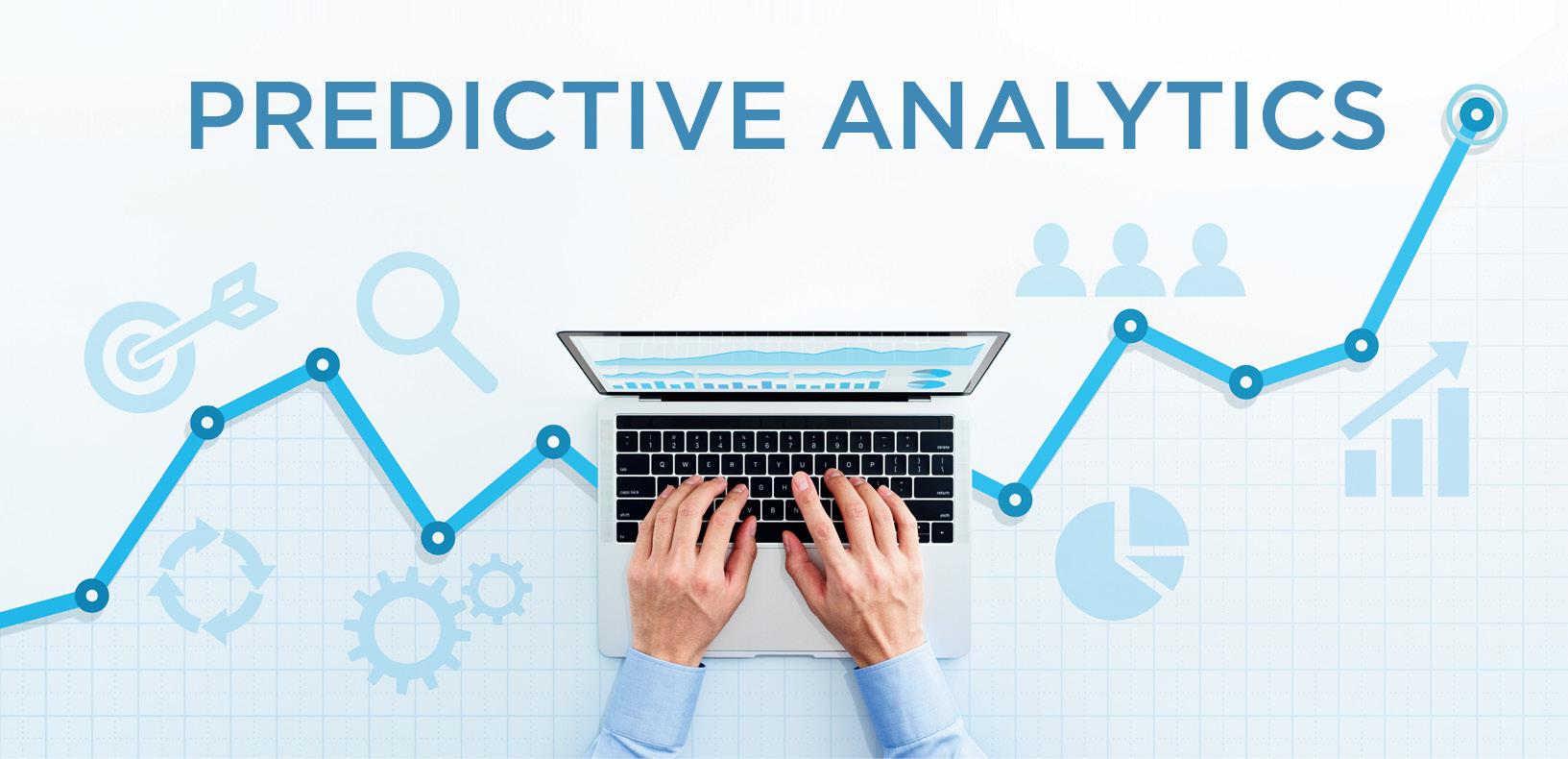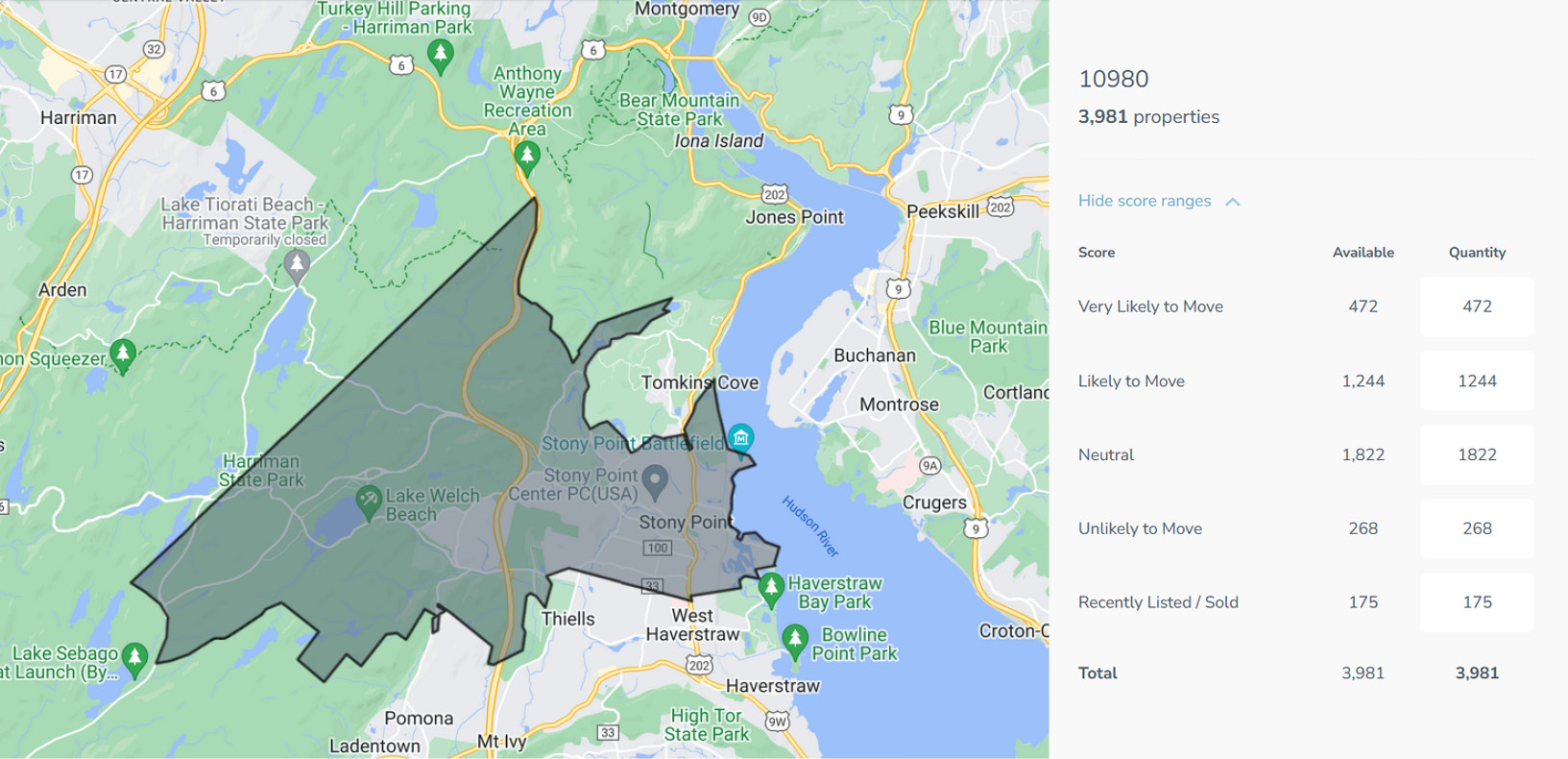Predictive analytics will optimize your marketing strategies, significantly increasing the quality of your lead generation and improving conversion rates
In today’s data-driven world, businesses across various industries are leveraging the power of artificial intelligence (AI) in astonishing ways. In particular, AI-powered predictive analytics utilizes historical data and statistical models an ever-increasing number of ways to identify patterns and predict future outcomes, offering invaluable insights that can inform a wide range of significant business decisions.
For real estate professionals, the application of predictive AI models can be particularly impactful in identifying people who are likely to move.

By predicting potential movers, this technology enables real estate agents to optimize their marketing strategies to target potential clients when they are most in need of your services, significantly increasing the quality of your lead generation and improving conversion rates. Additionally, predictive modeling can help identify potential sellers early on, allowing you to proactively reach out and secure valuable listings. This is a tremendous advantage when you consider that 81% of home sellers decided to work with the first agent they contacted.

But how exactly does this technology work, what data does it use, and how accurate are the results it produces?
Data and algorithms turn the wheels
AI-powered predictive analytics used to identify potential movers—whether homeowners primed to sell or renters looking for their first home—rely on a broad, deep, and diverse range of public data sources, some of which are exceptionally nuanced in their application.
- Public records data: Information such as property taxes, voter registration, and building permits can reveal changes that often precede a move.
- Demographics: Age, income, marital status, family size, education level, employment status, and occupation can be strong indicators of mobility, especially when analyzed in conjunction with other factors like past moves and relocation frequency.
- Online behavior: Searches for jobs, schools, real estate listings, moving companies, and even changes in social media behavior can offer clues about someone’s intention to relocate.
- Financial and consumer data: Credit scores, savings, debt levels, purchases, and spending habits can also be indicative of a potential move.
Once this data is collected, it’s fed into sophisticated machine-learning algorithms. These algorithms analyze the data, searching for hidden patterns and correlations that people are not naturally able to recognize and make sense of. These algorithms are continuously trained and tested using historical data to improve the accuracy and reliability of their results.
How accurate are the results?
It’s important to acknowledge that no predictive data is 100% accurate, and just how exact a model’s results are depends on a number of factors, including the quality and quantity of the data; how far into the future the model is trying to predict; and the model’s ability to update with evolving market trends and individual circumstances.
Still, oftentimes there is value in results that you may initially assume are mistaken, but it’s important to reach out, follow up, and explore what the data suggest—if you don’t, you could potentially be losing sales.
For example, our predictive model at ReminderMedia identified my colleague as someone likely to move, although she has no plans to relocate any time soon. However, her sister is looking to move, and my colleague has been visiting sites like Zillow and Redfin to send her sister listings she might like. That activity flagged my coworker.

In another example, one of our real estate clients received a report from us that listed a young couple who had purchased their home only six months earlier as likely to move. She insisted our report was incorrect, but we encouraged this agent to call just to check in. When she did, she discovered that her clients were working to help the wife’s parents downsize—and she picked up another two clients.
At ReminderMedia, our modeling accurately predicts 24% of home sales. This means if 300 homes in an area are predicted to sell, 72 of those will have been identified as “likely to move” or “very likely to move.” These results may include some false positives such as those described above, but for a busy agent, a report such as this is still a more efficient, accurate, and cost-effective strategy for targeting those 72 homeowners with a farming campaign or by door knocking than pursuing all the homes in an area or guessing which properties will sell.
Enhance your lead generation and follow-up
Whether you’re an agent, broker, investor, or other industry professional such as an insurance broker who would benefit from having advanced knowledge of people who are likely to move, we offer two ways to help optimize your lead generation and enhance your productivity with our advanced AI-powered predictive analytics.
First, if you are a ReminderMedia client who sends our high-quality personally branded magazine to your clients, then you already enjoy the benefit of free predictive analytics reporting.

Click here, and we’ll send a free copy of our most recent issue right to your inbox.
Every month, we run our algorithm against your list of recipients and assign each a score. These scores indicate who on your mailing list is very likely to move, likely to move, neutral, unlikely to move, and recently sold or listed. We text you when your magazines have arrived in homes with a list of people to call based on their score—dramatically improving the efficiency and effectiveness of your follow-up!
If you’re not already a ReminderMedia client or if you use another of our products, such as our fully automated postcards or our Digital Marketing Platform, you can purchase a list of residential properties identified by data points that indicate potential sales activity in the next 12 months. Having a list of homeowners already identified as likely to move is the holy grail of real estate!
Our tool allows you to select the zip codes you’d like to explore and returns information on the selected areas, including how many addresses fall into each of the predicted categories listed above. You can purchase the entire list, decrease the number of addresses in a score range, or eliminate specific score ranges entirely. And if you want to use your list for farming, we make that super easy too!
Learn more
If you’d like to learn more about our AI-powered predictive analytics tool and how we can help streamline and optimize your lead generation and follow-up, just book a call with one of our marketing advisors who will be pleased to help.
And whether you choose our services or another company’s, be sure to download our free targeted mailing list follow-up scripts to assist you with your calls.









 Apple Podcasts
Apple Podcasts
 Google Play
Google Play
 Spotify
Spotify

















